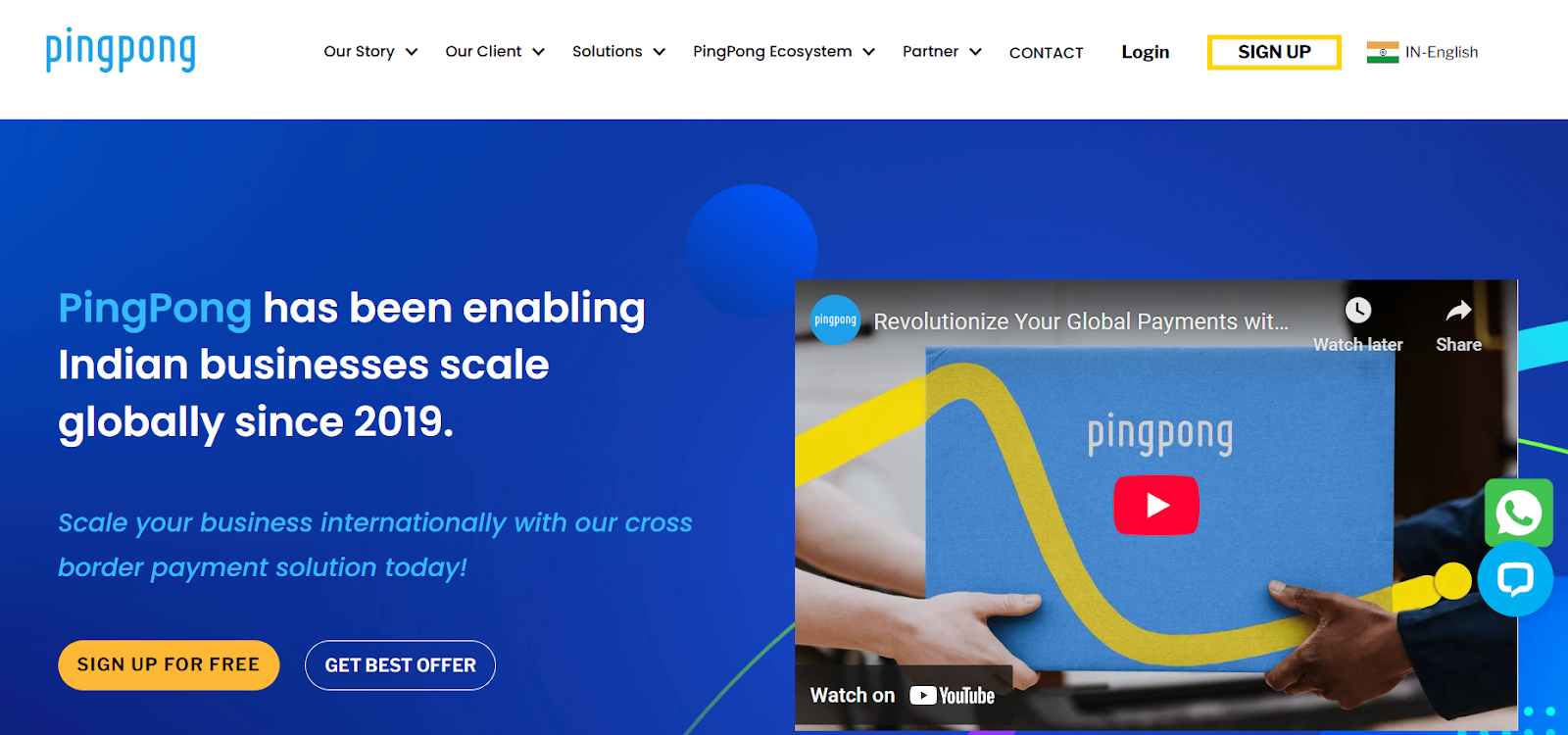As freelancing becomes increasingly global, receiving payments from international clients can be both exciting and challenging. While working with clients across borders opens up endless opportunities, it also introduces complexities like currency conversion, fees, and delays. For freelancers, finding efficient and reliable payment methods is crucial to maintaining cash flow and focusing on what they do best—delivering great work.
Here’s a comprehensive guide on the best ways for freelancers to receive payments internationally, with a special focus on leveraging modern B2B cross-border payment solutions like in.pingpongx.com.
1. Traditional Bank Transfers
Bank transfers are one of the oldest methods for international payments. Many clients prefer sending funds directly from their bank accounts to the freelancer’s account. While this method is generally secure, it comes with some drawbacks:
High fees: International wire transfers often include charges from both the sending and receiving banks.
Slow processing times: Transfers can take 3–5 business days, sometimes longer, depending on the banks and countries involved.
Currency conversion: Freelancers may receive payments in a foreign currency, which could lead to unfavorable conversion rates.
While bank transfers are reliable, freelancers looking for cost-effective and faster alternatives may want to explore digital platforms.
2. Online Payment Platforms
Digital payment platforms like PayPal, Wise, and Payoneer have transformed how freelancers handle cross-border payments. They offer faster transfers and more flexible currency options. Here’s a quick breakdown:
PayPal: Widely recognized and trusted, but charges relatively high fees for international transactions.
Wise (formerly TransferWise): Offers low-cost currency conversion and transparent fees.
Payoneer: Popular for freelancers working with clients on marketplaces like Upwork or Fiverr; supports multiple currencies and fast withdrawals.
While these platforms are convenient, they may still involve processing fees and currency spreads, which can accumulate over time.
3. B2B Cross-Border Payment Solutions
For freelancers handling frequent or high-value international payments, B2B cross-border payment platforms provide a more efficient alternative. These services are designed for business-level transactions but are equally beneficial for individual freelancers.
One such platform is in.pingpongx.com. It streamlines international payments by offering:
- Lower transaction fees compared to traditional bank transfers.
- Faster processing times, often within 24–48 hours.
- Multi-currency support, allowing freelancers to receive payments in their preferred currency without losing value.
- Secure and compliant transactions, reducing the risk of fraud or regulatory issues.
By using a service like in.pingpongx.com, freelancers can maintain financial stability and focus on growing their international client base without worrying about payment hassles.
4. Cryptocurrency Payments
Some forward-thinking freelancers accept cryptocurrencies like Bitcoin or Ethereum for international payments. Crypto payments offer:
- Instant transfers across borders.
- Low fees, depending on network congestion.
- Decentralized security, reducing dependence on banks.
However, the volatility of cryptocurrencies and limited adoption among mainstream clients make this option more niche. It’s ideal for freelancers comfortable with digital assets and willing to manage the associated risks.
5. Tips for Freelancers to Optimize International Payments
Regardless of the method chosen, freelancers can adopt best practices to ensure smooth transactions:
Set clear payment terms: Specify preferred payment methods, currencies, and deadlines in your contract.
Invoice professionally: Use detailed invoices that include your bank or platform information and any applicable tax IDs.
Keep track of fees: Account for transaction fees and conversion rates when negotiating pricing with clients.
Leverage reliable platforms: Tools like in.pingpongx.com not only simplify cross-border payments but also provide transparency and security.
Conclusion
Receiving payments from international clients doesn’t have to be complicated. While traditional bank transfers and online platforms are common, freelancers seeking efficiency, security, and cost-effectiveness should explore B2B cross-border payment solutions like in.pingpongx.com. With fast processing, multi-currency support, and lower fees, such platforms empower freelancers to focus on what they do best—delivering exceptional work to clients worldwide.
By adopting the right payment strategy, freelancers can expand their global reach confidently and ensure that every hard-earned payment arrives safely and promptly.

